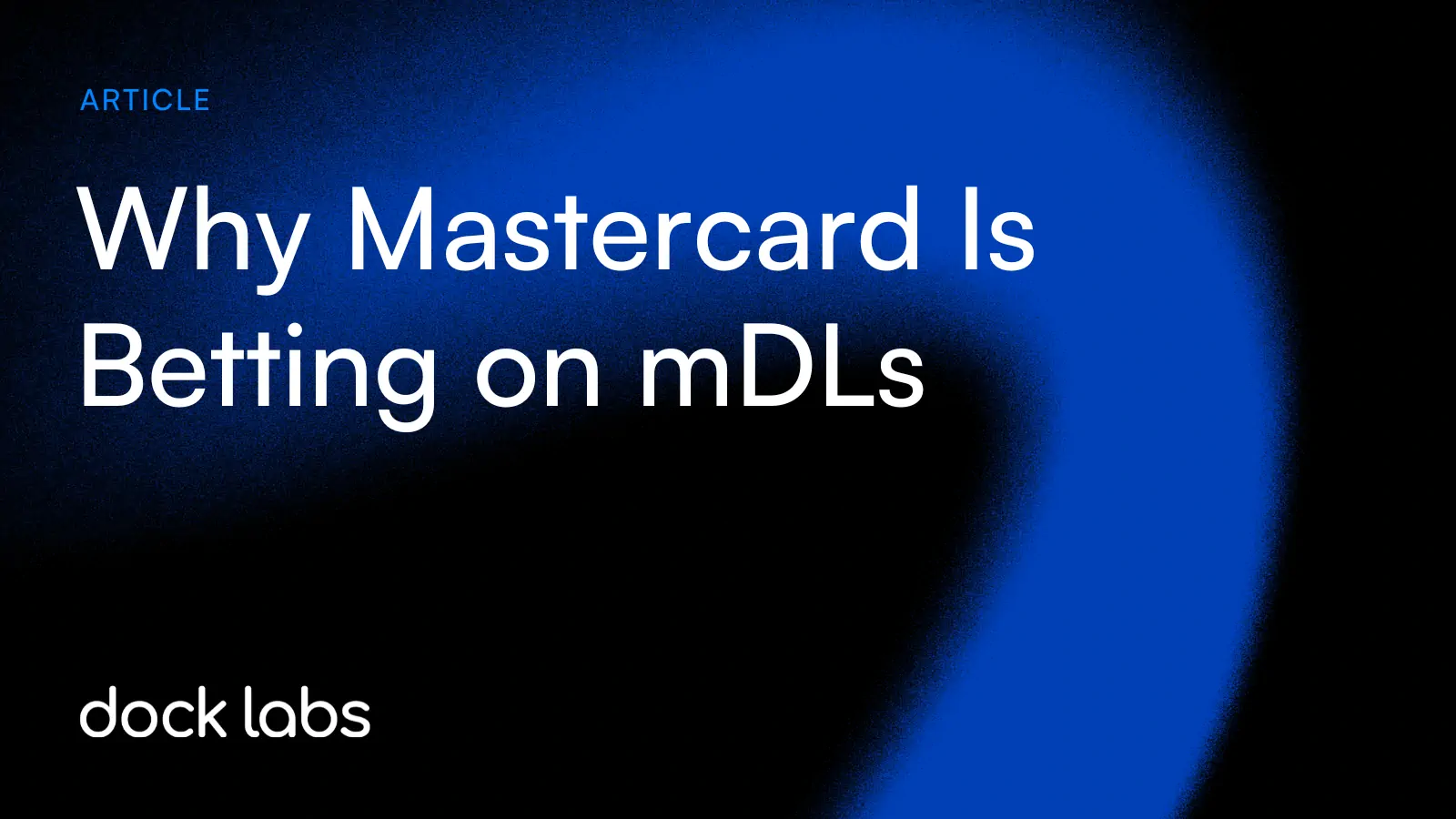During our recent podcast on how digital ID will transform payments, Leonard Botezatu, Director of Product & Service Design at Mastercard, shared a powerful idea:
A credit card issued in the U.S. works almost anywhere in the world. An mDL should work the same way.
Mastercard is backing mobile driver’s licenses (mDLs) not just as a convenience feature, but because they’re built on international identity standards. Just like EMV enabled global payments interoperability, these standards are now paving the way for global digital identity.
Why does that matter?
Because fragmented identity systems are costly.
Today, businesses, especially those operating across borders, must deal with inconsistent ID formats, multiple onboarding flows, and incompatible verification tools.
Mastercard’s bet is that digital ID can work everywhere, just like their payment rails do.
The Reusable KYC Shift Is Already Happening
Another big idea from the podcast came from both Leonard and David Kelts (Chair, STA mDL Committee):
mDLs and digital verifiable credentials aren’t just for one-time age checks, they unlock reusable, low-friction onboarding.
Imagine a customer verifying their identity once and then using that same credential to:
- Open a bank account
- Pick up age-restricted goods
- Pass ID verification checks at another fintech or merchant
- Verify identity with a travel provider or telco
Instead of repeated document scans, users share just the verified data needed.
This new flow is not about replacing existing ID verification processes overnight, it’s about augmenting them with trusted digital credentials that reduce costs, cut drop-offs, and increase confidence.
Better UX, Lower Fraud
One of the most compelling themes from the conversation was that mDLs offer stronger security without adding friction.
Leonard (Mastercard) walked through how mobile driver’s licenses can help prevent the three biggest types of fraud in financial services:
- Synthetic identity fraud — where real and fake data are combined to create new, seemingly legitimate identities
- Account takeover — when bad actors use stolen credentials to impersonate real users
- Friendly fraud — when legitimate users deny purchases they actually made
Because mDLs are cryptographically bound to the user’s device, they’re difficult to forge or misuse. Even if a username and password are compromised, the fraudster can’t present the mDL without access to the device and biometric match.
That means fewer chargebacks, less fraud loss, and stronger audit trails, all while giving users a faster, more private experience through selective disclosure.
As Nick Lambert (Dock Labs CEO) put it: “Usually when you make something more secure, you make it more annoying. With mDLs, it’s the opposite.”
Why now?
With over 5 million mDLs already issued in the U.S. and more than 18 states rolling them out, the infrastructure is catching up to the vision.
The institutions that act early, like Mastercard is doing, are positioning themselves to lead in a more seamless, trusted, and scalable identity ecosystem.






